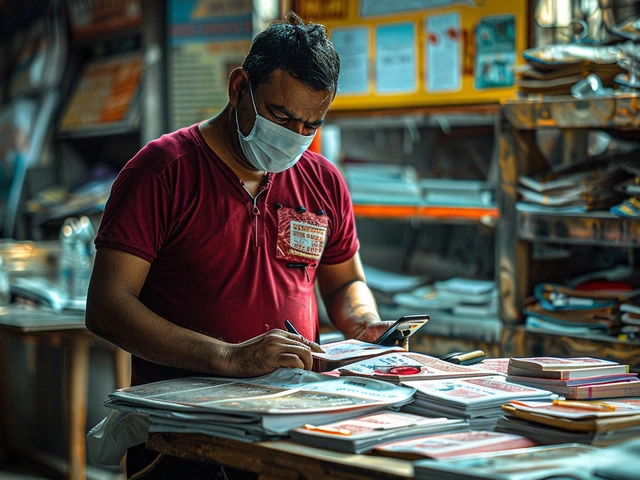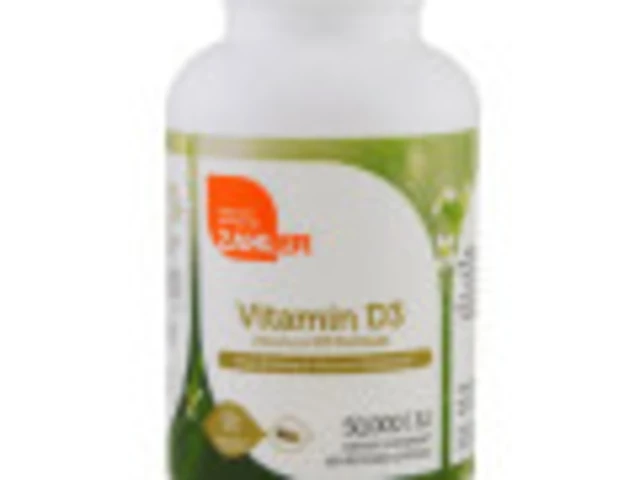Athlete's Foot Treatment: Best Remedies and What Actually Works
When your feet start itching, peeling, or burning between the toes, you’re likely dealing with athlete's foot treatment, a common fungal infection caused by dermatophytes that thrive in warm, moist environments. Also known as tinea pedis, it’s not just embarrassing—it’s contagious and won’t go away on its own without proper care. This isn’t just about scrubbing harder or slathering on random creams. It’s about understanding how the fungus survives, where it hides, and what actually kills it.
The most reliable antifungal cream, a topical medication designed to kill or stop the growth of fungi on the skin includes ingredients like terbinafine, clotrimazole, or miconazole. These aren’t just over-the-counter afterthoughts—they’re clinically proven to clear up infections in 1 to 4 weeks when used daily. But here’s the catch: most people stop using them as soon as the itching stops, which lets the fungus come back stronger. You need to keep applying it for a full week after symptoms disappear. And if you’re using foot powder, make sure it’s antifungal—not just talc or cornstarch. Those might absorb sweat, but they don’t touch the fungus.
Then there’s foot hygiene, the daily practices that prevent fungal growth by reducing moisture and exposure. This isn’t optional. If you wear the same sweaty socks two days in a row, walk barefoot in locker rooms, or share towels, you’re feeding the fungus. Change your socks daily. Dry your feet thoroughly—especially between the toes. Rotate your shoes so they air out for at least 24 hours between wears. Use flip-flops in public showers. These aren’t tips from a wellness blog—they’re the same steps doctors give patients who keep getting the infection back.
Some people turn to home remedies like tea tree oil, vinegar soaks, or garlic paste. They might help a little, but there’s no solid proof they work as well as FDA-approved antifungals. And if your skin cracks, bleeds, or swells, you might have a bacterial infection on top of the fungus. That’s not something you treat with apple cider vinegar. That needs a doctor.
What you’ll find in the posts below isn’t a list of miracle cures. It’s real, practical advice from people who’ve been there: which antifungal creams actually deliver, how to stop the infection from spreading to your nails or hands, why your shoes might be the real problem, and what to do when OTC stuff doesn’t work. No fluff. No hype. Just what works—and what’s a waste of time.
 29 October 2025
29 October 2025
Top 10 Frequently Asked Questions About Butenafine
Butenafine is an effective antifungal cream for athlete's foot, ringworm, and jock itch. Learn how to use it, what it treats, side effects, and why it might not work for you.
Latest Posts
-

Kathmandu Pharmacy Raid Reveals Hidden Illegal Drug Trade
-

Azeetop (Azithromycin) vs Common Antibiotic Alternatives - Full Comparison
-

Promo codes for on-line drug store rxmedicin.com
-

Boost Your Overall Health with the Power of Fructo-Oligosaccharides Dietary Supplement
-
The Role of Hiccups in Detoxification and Cleansing

13